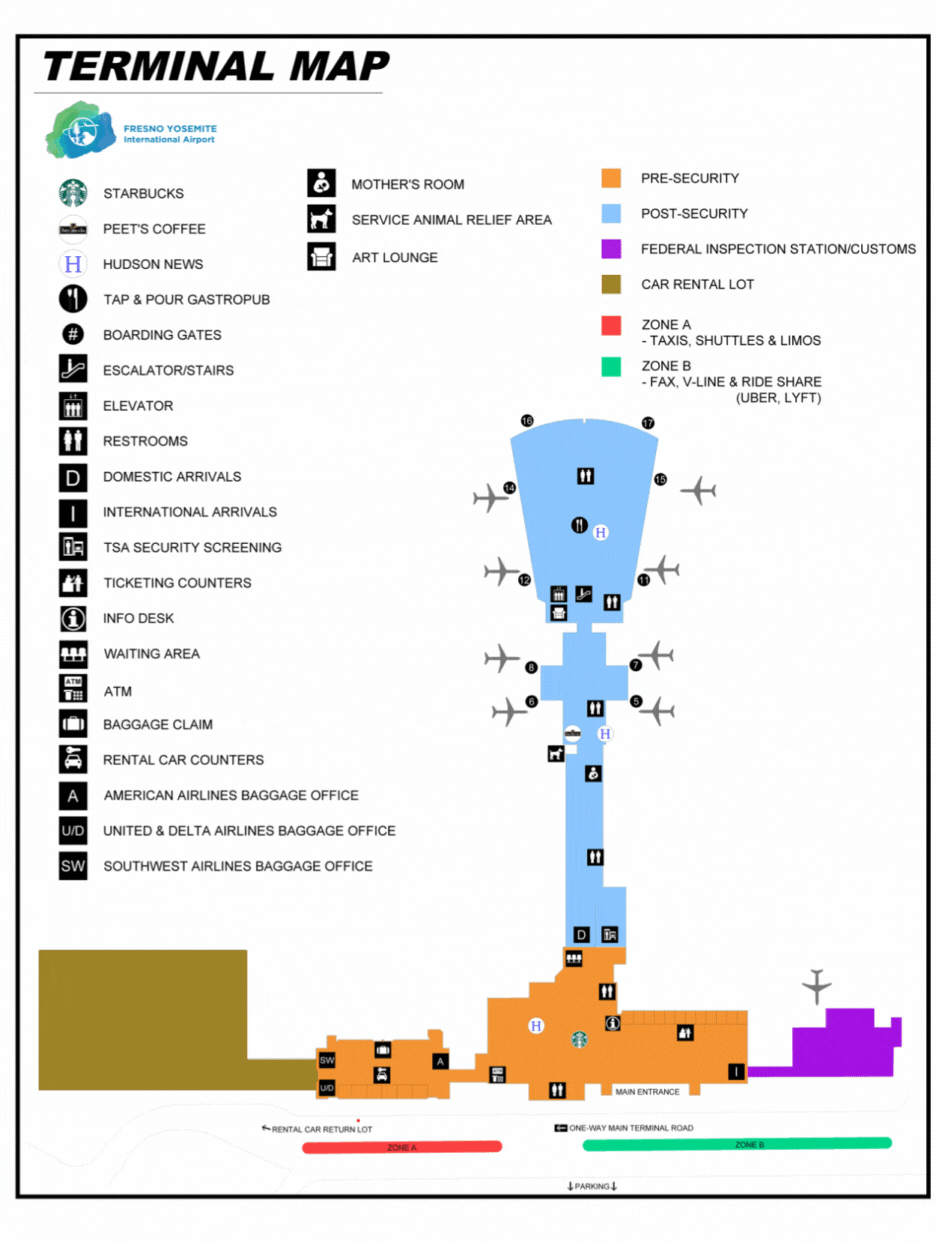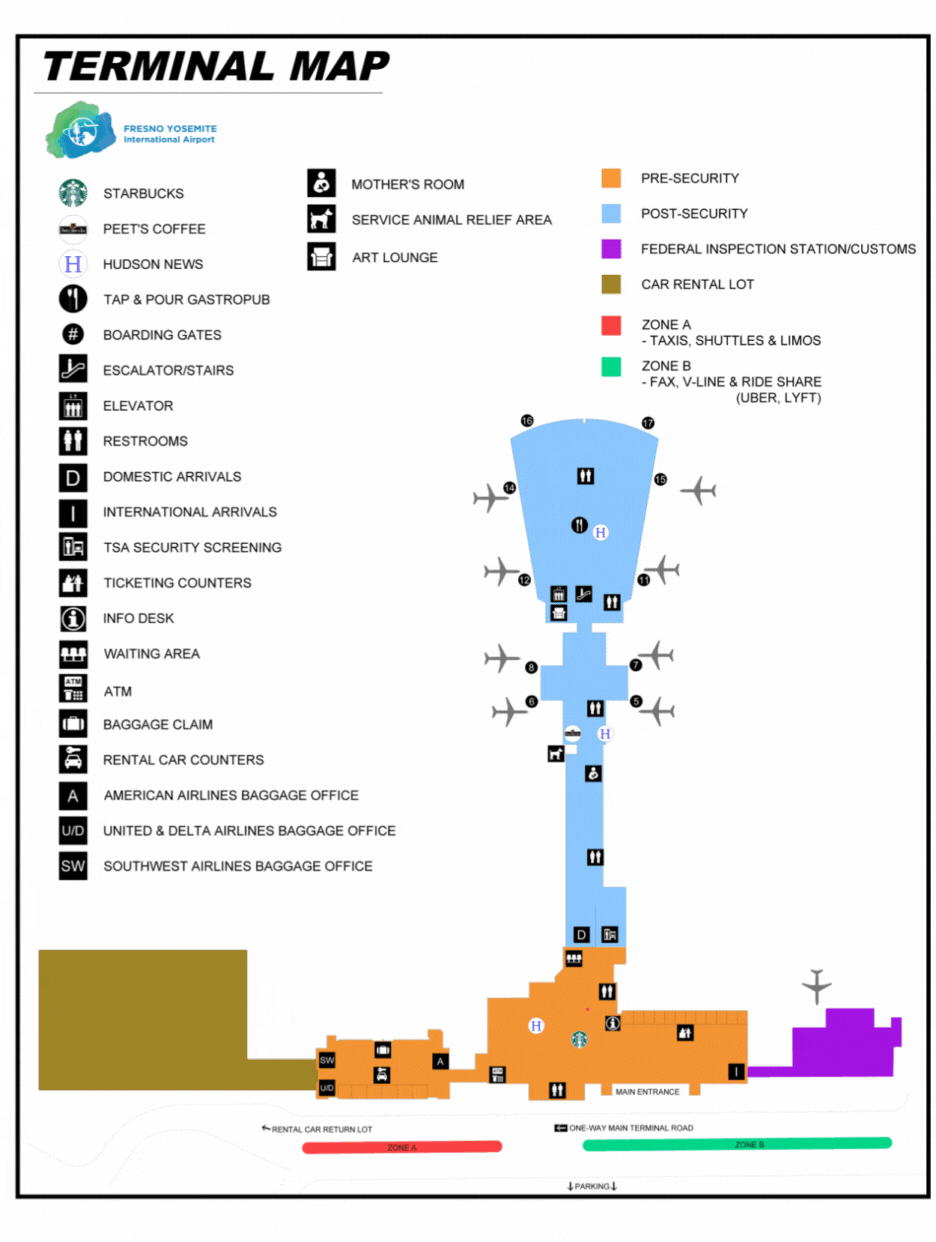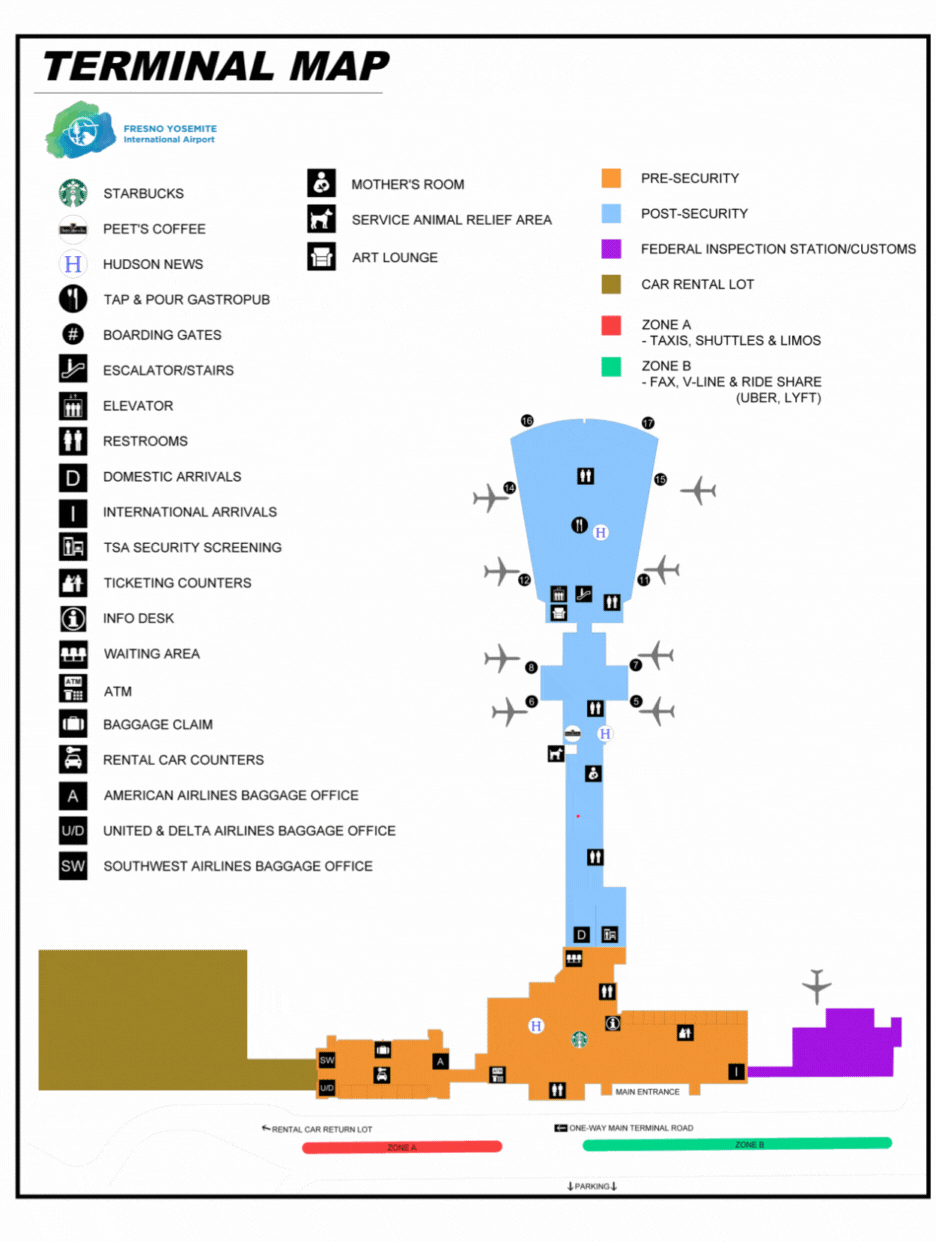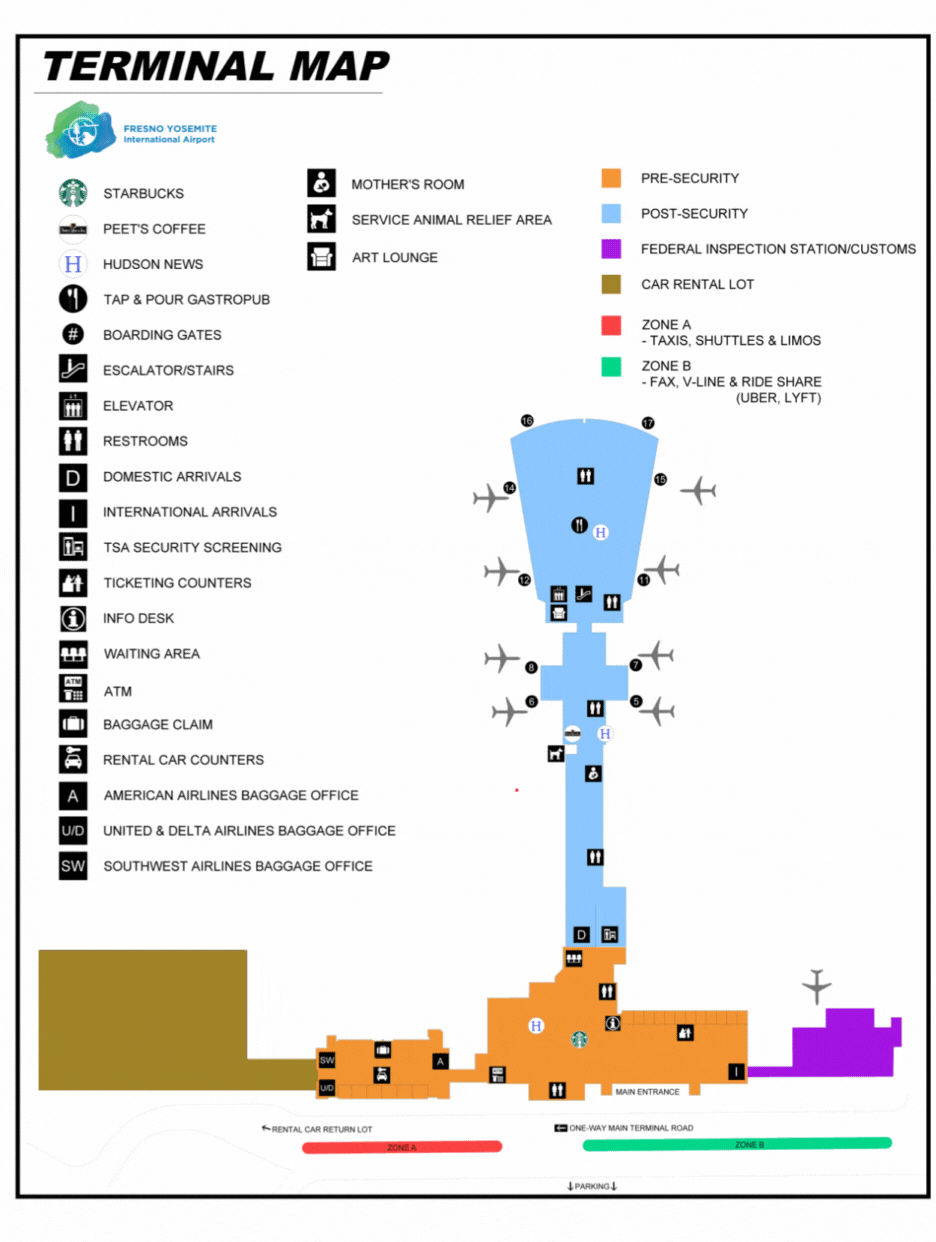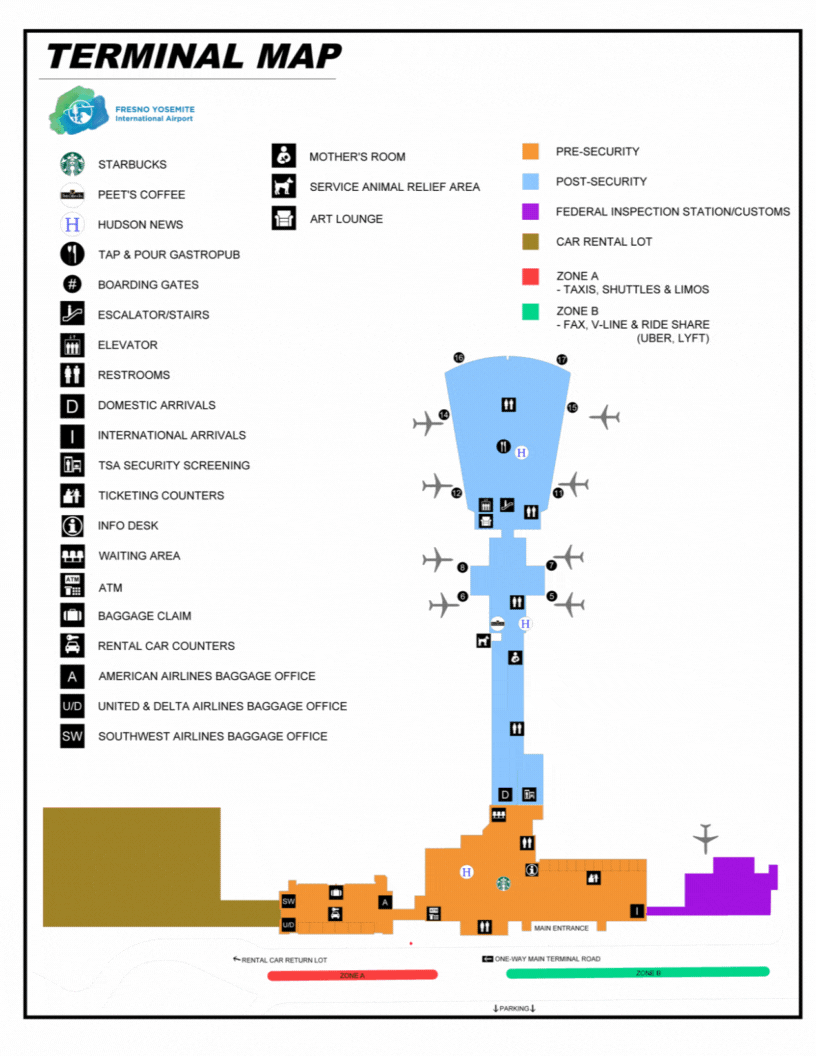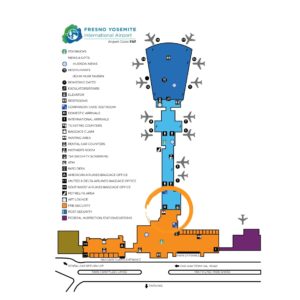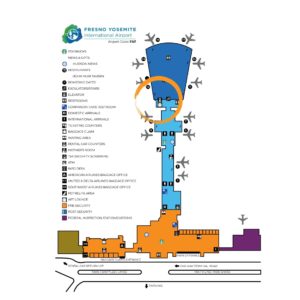TSA Offers Spring Break Preview and Travel Tips
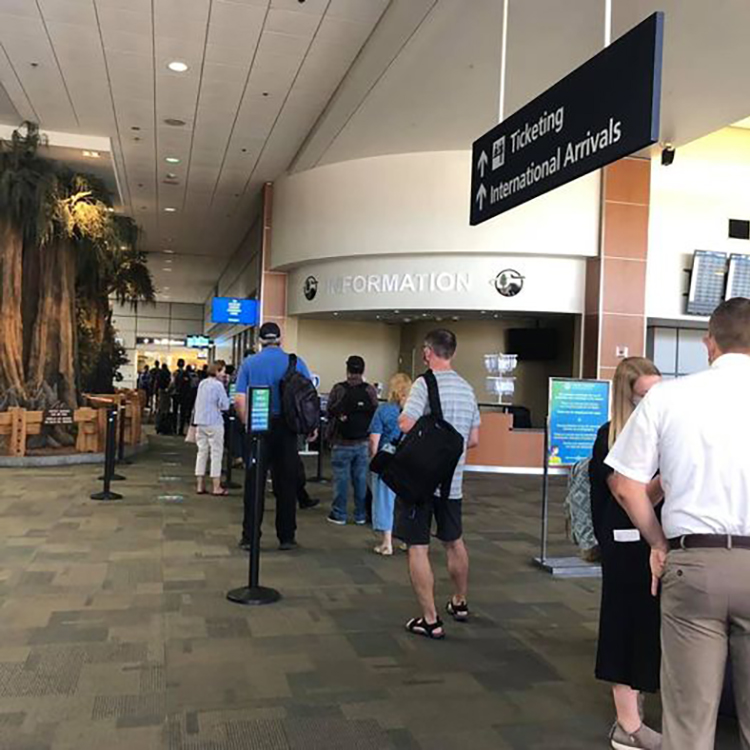
TSA offers spring break preview and travel tips for passengers departing
Fresno Yosemite International Airport
FOR IMMEDIATE RELEASE
March 14, 2024
PDF: TSA Spring Break Travel Tips
TSA offers spring break preview and travel tips for passengers departing
Fresno Yosemite International Airport
FRESNO, California – With the start of the spring break travel season, the Transportation Security Administration (TSA) anticipates a busy spring break travel season for travelers departing Fresno Yosemite International Airport (FAT).
Nationally, the spring break travel season began on Thursday, March 7 and will continue through Monday, March 25. During this time, TSA projects it will screen more than 47.7 million travelers through security checkpoints at airports across the country. This is a 6% increase over the 2023 spring break travel period.
Locally, the peak spring break travel period coincides with the schedules of the major local unified school districts as well as the semester break at Fresno State University when classes are not held. This year, the travel rush begins Friday, March 22 and extends through Sunday, April 7. During this time, TSA expects to screen more than 59,500 departing travelers through the security checkpoint at FAT. This is a 9.2% increase over last year’s spring break travel period at FAT.
The busiest days of the week for security operations at FAT are Thursdays, Fridays, and Sundays. The busiest times at the security checkpoint are 4 a.m. to 6 a.m.; 10 a.m. to 2 p.m. and 10 p.m. to midnight. The projected busiest days this spring break period will be Friday, March 22; Thursday, March 28 and Sunday, March 31.
The security checkpoint at FAT is open 24 hours a day. Due to several flights departing early in the morning, travelers can expect to encounter large numbers of people who need to be screened first thing in the morning. However, travelers can expect to see a steady flow of travelers at the security checkpoints throughout the day.
With ongoing construction in the security checkpoint, as part of the terminal expansion project, screening capacity is temporarily reduced. However, TSA will continue to staff all available lanes during peak times to ensure security operations remains efficient and convenient for travelers.
TSA strives to get travelers through the general security screening process in less than 30 minutes and through TSA PreCheck® screening in less than 10 minutes. Ninety-nine percent of TSA PreCheck passengers nationwide waited less than five minutes to be screened. Another advantage of TSA PreCheck is children 17 and under are eligible to be screened with a TSA PreCheck-eligible parent or guardian on the same itinerary.
Security technologies in use at FAT
TSA is using Credential Authentication Technology (CAT) to assist in the travel document checking process at FAT. CAT units are designed to scan a traveler’s photo identification, confirm the traveler’s identity, and verify that the traveler is ticketed for travel that day. CAT also displays the pre-screening status (such as TSA PreCheck) the traveler is eligible for, all without the traveler presenting a boarding pass to the TSA officer.
The use of CAT improves a TSA officer’s ability to accurately authenticate a traveler’s identification while addressing the vulnerabilities associated with photo identification and boarding pass fraud. CAT also provides enhanced fraudulent document detection capabilities.
TSA is also using computed tomography (CT) X-ray scanners to screen travelers’ carry-on luggage in the security checkpoints. This type of scanner provides advanced explosives detection capabilities by applying a sophisticated algorithm to generate a 3-D image of the contents of the carry-on bag. A security screening officer can manipulate the 3-D X-ray image on-screen to allow for a better view of the bag’s contents, ultimately reducing the number of bag checks that are required.
When a carry-on bag is screened through a CT scanner, travelers can leave everything in their carry-on bag, including electronics and travel-size liquids. Another requirement of the CT scanner system is every carry-on item must be placed in a bin for screening.
Travel advice
TSA continues to ask travelers to arrive early and prepared for the screening experience to allow for timely completion of every step of the travel process. To help things go smoothly, please follow these tips:
#1: Pack smart.
Prepare for security when packing and ensure that there are no prohibited items in carry-on luggage. Bringing prohibited items to the security checkpoint will result in a bag check, slowing the screening process for you and all travelers behind you.
#2: Empty your pockets prior to arriving in the checkpoint. Place wallets, phones, keys and coins from your pockets inside your carry-on bag instead of placing them in a bin. This will ensure personal items are not left behind.
#3: Know the rules for traveling with liquids
TSA defines a liquid as anything that can be spread, spilled, pumped or poured. If the quantity of that item exceeds 3.4 ounces (which is 100 ml), pack it in a checked bag. Any liquid over this size will result in a bag check, slowing the line for everyone. Bring an empty water bottle thru the security checkpoint so you can fill it post-security.
#4: Listen for guidance from TSA officers.
Some people may not have traveled recently, so it is important to listen to the direction provided in the security checkpoint. TSA officers provide guidance on security technologies in use at FAT. Listen up for a more streamlined and convenient passenger experience!
#5. Text TSA.
TSA now offers assistance via text message to travelers who have with questions about security screening via text message. From any mobile device, a travel can text their request to “AskTSA” (275-872). A virtual assistant is available 24 hours a day, 365 days a year. For more complicated questions, AskTSA staff are available daily for live assistance from 5 a.m. to 3 p.m. PDT. Passengers may still reach out to @AskTSA on Twitter or Facebook Messenger with questions and comments.
# 6: Download the free myTSA app.
The myTSA app is a trusted source for last-minute travel questions, providing travelers with 24-hour access to the most frequently requested airport security information. It also features a searchable “Can I Bring” database where you can enter the name of an item and find out if you should pack it in your checked or carry-on bag. The app is available from the App Store or Google Play.
###
The Transportation Security Administration was created to strengthen the security of the nation’s transportation
systems and ensure the freedom of movement for people and commerce. TSA uses a risk-based strategy and works closely
with the transportation, law enforcement and intelligence community to set the standard for excellence in
transportation security. For more information about TSA, please visit our website at tsa.gov.



